Your One-Stop Expert for Tooling and Injection Molding
How Xinjuexin Mold Solved the Problems
Mold Design
Full - Service Mold - Making Capabilities
We operate our own independent mold shop, offering:
- End – to – end mold management
- All – inclusive mold maintenance (In – house rapid mold enhancements)
- Fixture & gauge fabrication for consistent part quality
- Diverse mold – making tech: CNC 3D machining, EDM, polishing, texturing
- Hard & soft tooling options
- Tool history documentation
- Customizable mold frames & designs
- Solutions for gating, venting & cooling issues
- Full – scale mold refurbishments
- In – house engineered inspection fixtures

Precision Making
We deliver end-to-end mold solutions from design to mass production, equipped with advanced 5-axis CNC machining, mirror polishing and mold flow analysis. Specializing in conformal cooling and multi-cavity systems to ensure optimal mold performance. Backed by 24/7 technical support and preventive maintenance programs, all supported by ISO 9001-certified quality systems.
How to Work
From the moment your injection mold order is confirmed, we follow a standardized procedure to ensure transparency and smooth transitions at every step. This process keeps both our team and customers fully informed on the progress, guaranteeing that each phase is executed efficiently. Here’s how we begin and complete your injection mold project:
Our Factory Display for Plastic Injection Mold
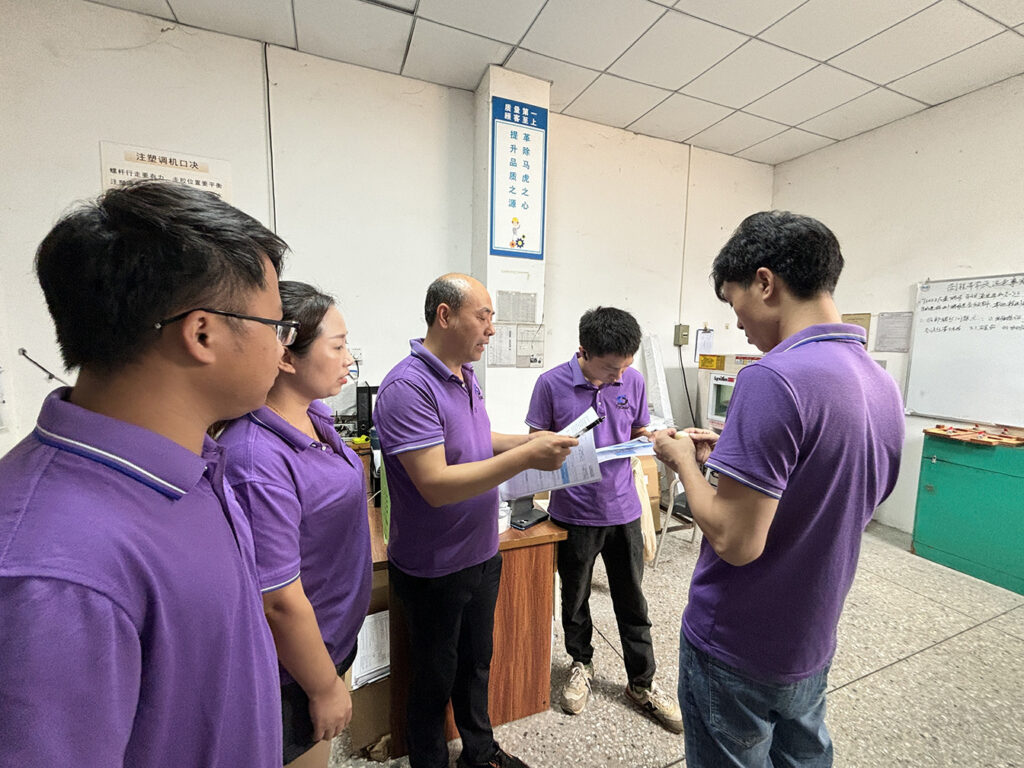
Engineering Department
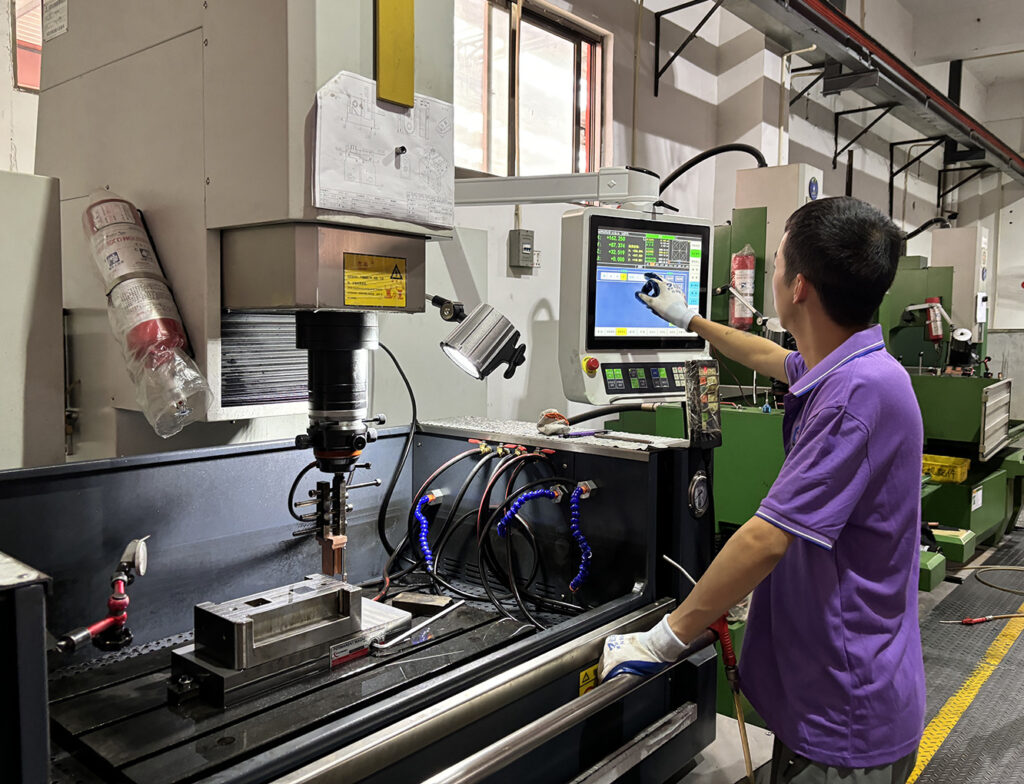
CNC Machining
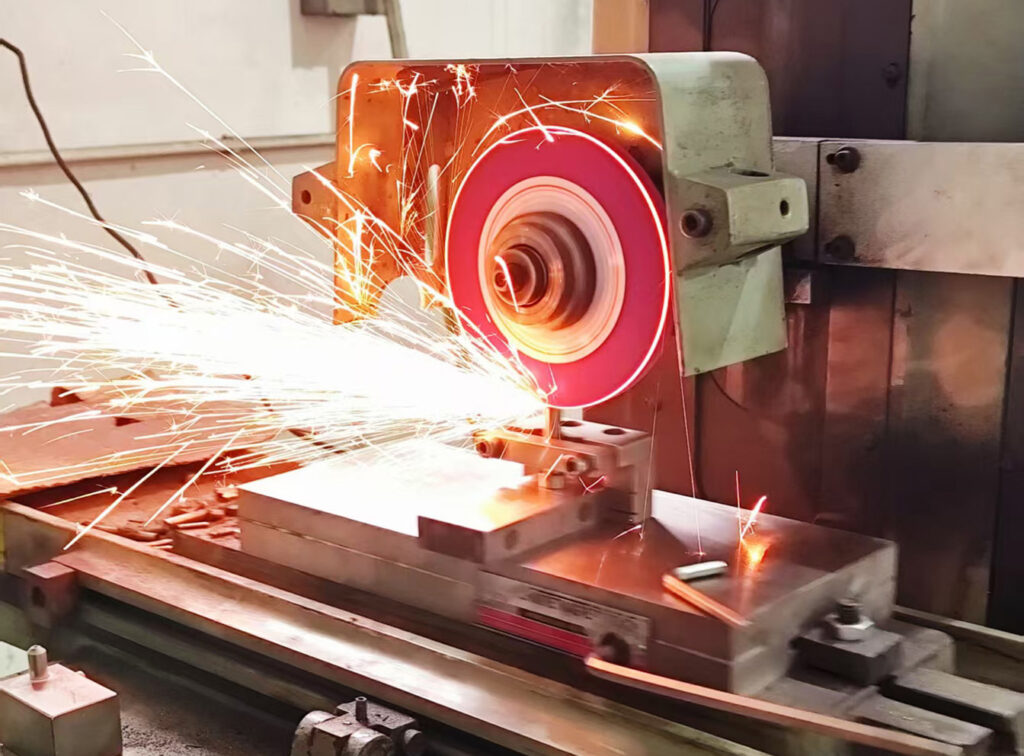
EDM Machining
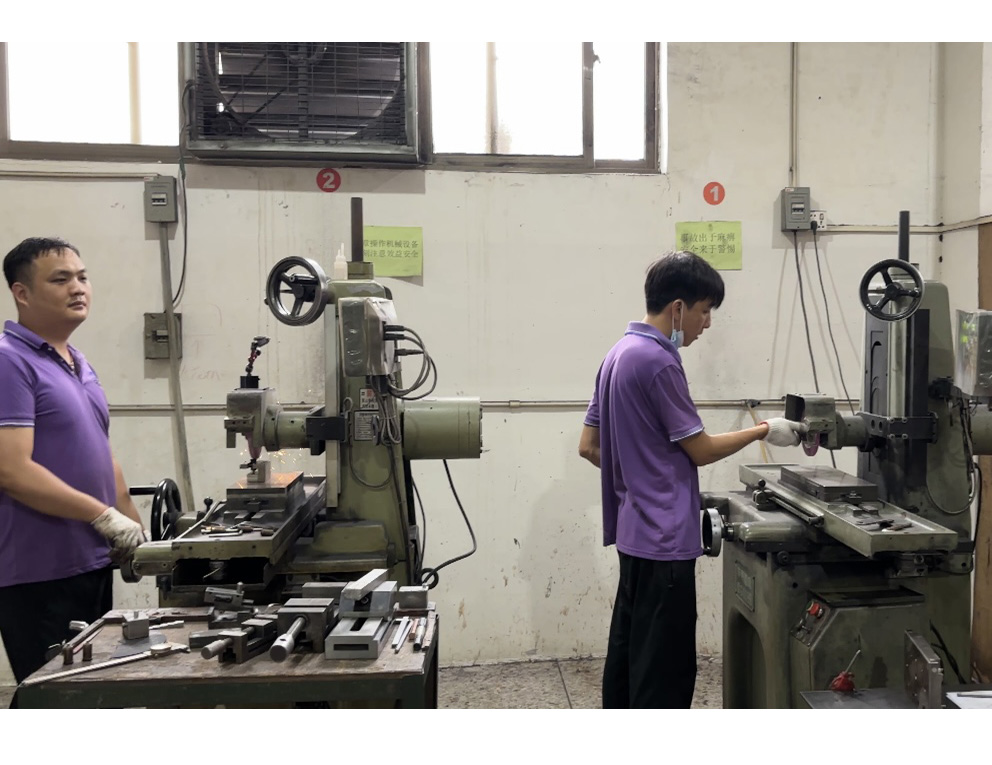
Part Machining

Mold Assembly
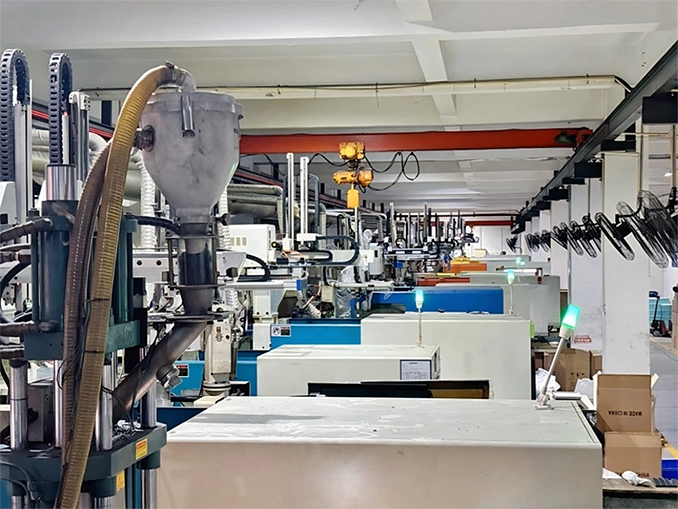
Injection Molding
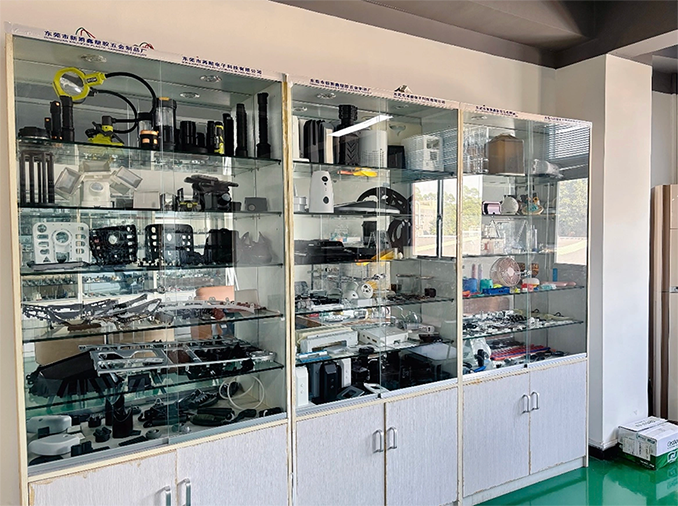
Sample Exhibition

Mold Warehouse
Mold Making FAQs
A plastic injection mold is a precision-engineered tool used to shape molten plastic into final products. It enables consistent, high-accuracy production and is widely used in industries such as medical, automotive, electronics, consumer goods, aerospace, and more.
You do. At Xinjuexin, we build the mold for you, and you retain full ownership. Once production is complete, we can store the mold at our facility or ship it to your location upon request. If needed, our engineers will assist you in checking compatibility with your machines.
Injection molds require a high level of precision, material durability, and custom engineering. Each mold is designed and manufactured to meet specific product requirements, including tolerances, surface finish, and cycle life. The process involves advanced equipment, experienced technicians, and close quality control at every stage.
We usually provide a quotation within 48 working hours after receiving full technical details. Please include the following with your inquiry:
- 3D files (.STEP preferred) and 2D drawings
- Material specification
- Surface finish requirement
- Estimated quantity (batch/month/year)
- Special instructions (e.g., packaging, labeling, delivery terms)
If no digital design is available, you can send us a sample or sketch with basic dimensions (length, width, height). We will support you with drawing development and provide CAD or 3D files after confirming the order.
Mold fabrication usually takes 4 to 7 weeks, depending on part size and complexity.
Mass production lead time ranges from 1 to 3 weeks, depending on the volume.
If you can’t arrange a factory visit or third-party inspection, our team will perform full in-house inspection and share:
- Tool testing parameters and videos
- T1 sample photos
- Dimensional inspection reports
We offer a wide range of texture and surface finish options including SPI, VDI, MoldTech, Yick Sang, laser texturing, or custom finishes tailored to your product requirements.
Molds are protected using a three-step method:
- Apply anti-rust oil to all surfaces
- Wrap the mold with moisture-proof plastic film
- Secure the mold in a reinforced wooden crate to prevent movement during transport









